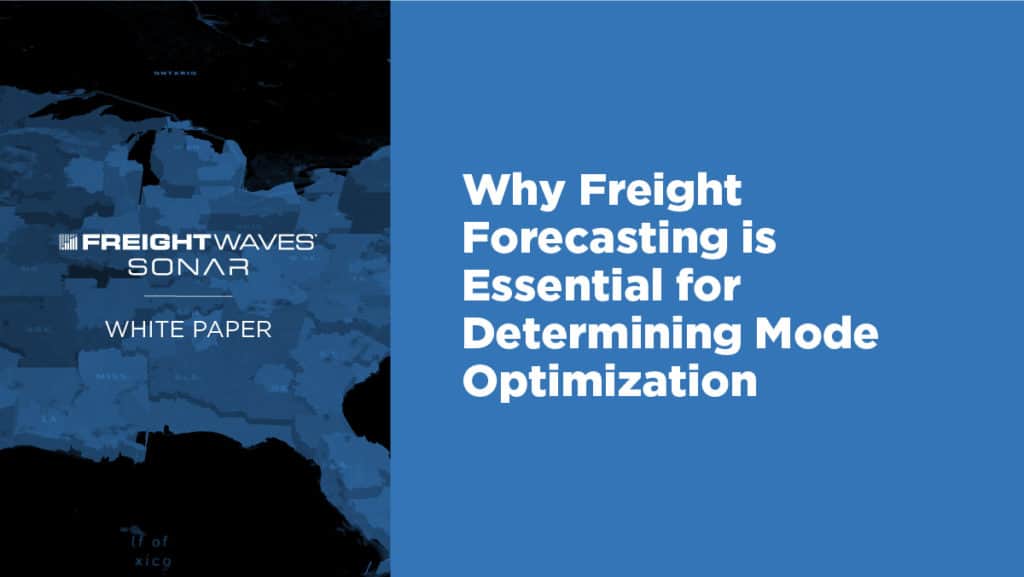The first thing to note when it comes to freight forecasting for mode optimization is that trucking capacity and freight rate issues play into shifting modes between full truckload (TL), less than truckload (LTL), dedicated and intermodal. Utilizing full truckload can be a choice to hire a contracted for-hire carrier(s), use the spot market (typically through a freight broker), have your own private fleet or hire a dedicated fleet. Each mode can make sense in certain environments and depending on how the market is shifting.
The trucking industry generally goes through 12- to 18-month cycles, although sometimes the cycles can last as long as 36 months. For example, the trucking market can go through a bull and bear market even in the same year, separate and apart from normal seasonality. To help freight market participants prepare to optimize modes as consumer habits, the economy, and the freight market all change, rely on the following table of contents with rich insights in this white paper:
- Mode optimization: How shippers deal with freight forecasting and multimodal freight allocation
- Mode optimization depends on the freight environment
- Why freight forecasting is paramount in mode optimization
- Dedicated transportation
- Mode optimization is determined by performance, not just cost
- When intermodal is an optimal mode






